
Renault Clio Hatchback (2005-2012) review
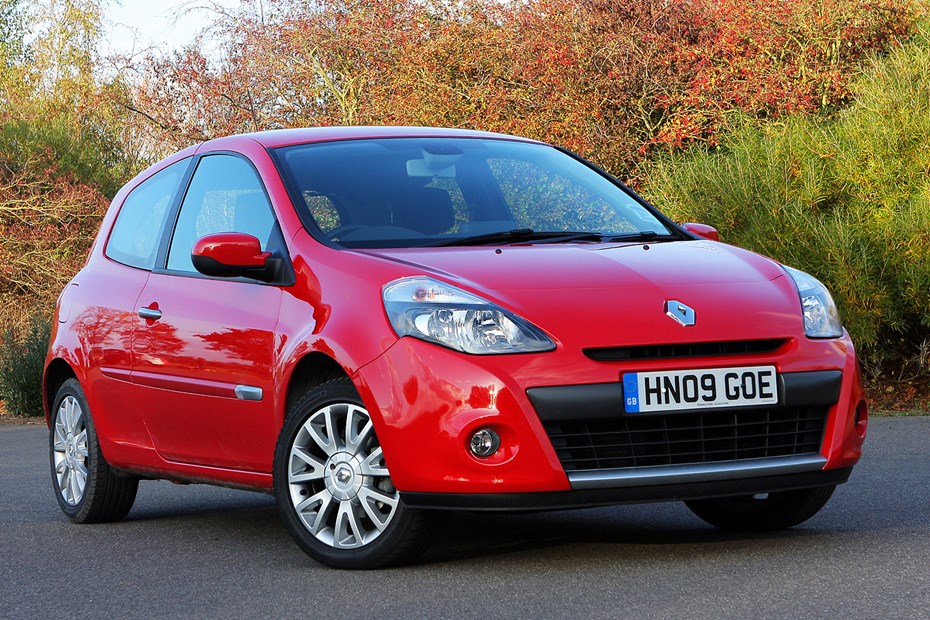
At a glance
| Price new | £7,545 - £18,522 |
|---|---|
| Used prices | £494 - £2,558 |
| Road tax cost | £20 - £395 |
| Insurance group | 5 - 19 |
Get an insurance quote with

|
|
| Fuel economy | Not tested to latest standards |
| Range | 423 - 944 miles |
| Number of doors | 2 - 5 |
| View full specs for a specific version | |
Available fuel types
Petrol
Diesel
Alternative fuel
Pros & cons
Chic style, comfortable and sophisticated interior, excellent ride quality
Over-assisted steering, seats lack support, ESP not standard, cheap feeling interior on base models
Renault Clio Hatchback (05-12) rivals
Overview
The Renault Clio has been one of Europe’s bestselling cars since its introduction, but it’s with the third-generation model in 2005 that this popular supermini grew up. While the previous car was decidedly cheap and cheerful, lightweight erring on the flimsy, the Mk3 car hit back with more solid build quality, better materials and a roomy interior.
Combined with Renault’s excellent reputation for safety, it’s no wonder that the Clio sold well even compared to excellent cars such as the Ford Fiesta and Volkswagen Polo. It’s now a popular used buy, with a wide range of engines and trim levels all the way up to the brilliant Renaultsport model.
Renault Clio Mk3 known faults and common problems
This model is not known for faultless reliability in the way that, say, a Honda Jazz of this era is, but it’s significantly more solid than its predecessor. It’s rather simpler mechanically than some larger Renaults of this era, but still achieved a full five-star Euro NCAP rating – something Renault was known for at the time.
If you can’t find a Renault Clio to suit your budget you might not be looking hard enough. At the bottom end you’ll only have to spend a few hundred pounds, though these are very tired examples. Spend £1,500 and you’ll have your pick of the earlier cars, while £3,000 starts to bring the 2009 facelift into the mix.
Buying guide
1. CAMBELT REPLACEMENT
Cheapskate owners may well have skimped on the cambelt. It’s not a cheap job and the intervals are short – as little as 36,000 miles on some models. Get evidence that it’s been done or factor in the cost of a change yourself – it’s not worth the risk, as if the belt snaps you could risk major engine damage.
2. STIFF GEARBOXES
If you’re opting for one of the excellent Renaultsport models, you should check the gearbox for potential faults. While they’re often stiff when the engine is cold, they should loosen up once everything’s warmed through.
3. THREE RECALLS
Just three recalls for a vehicle that sold in such high volumes as this really isn’t bad at all. Some automatic models have suffered gearbox faults, and there’s a recall for failing brake lights. The Clio Sports Tourer was also recalled but that model only sold in the UK in tiny numbers so affected models will be minimal.
4. GEARBOX OIL
Automatic models need to have their gearbox oil changed regularly too – certainly every few years. If you’re buying an automatic Clio and this isn’t in the recent service history, factor the cost of a gearbox oil replacement into your buying cost.
5. LEAKING SUNROOF
Sunroof models can leak, which can lead to water getting where it doesn’t belong and causing erratic electronic issues. Some owners report smoke coming from the steering column and the horn sounding during driving. A sunroof replacement will be pricey from Renault but independent specialists are plentiful.
6. NOISY WINDOWS
Electric windows can become noisy, which could be fixed by removing the door card and greasing the mechanism. You can also add extra washers if there’s excessive play in the mechanism. It shouldn’t be a huge problem but if left untreated it could lead to the window becoming stuck halfway up or down.
7. HEAVY STEERING
The Clio’s steering should be feather-light regardless of what version you opt for. If the steering feels heavy, a dodgy front strut bush is likely the source.
8. BROKEN BRAKE LIGHTS
Brake lights can fail, but the source typically isn’t busted bulbs. Instead, it’s often a failure of the brake light switch on the pedal. Diagnose this by checking your brakes, and if all three including the high-level third brake light remain off when you press the pedal then it requires a new switch. It’s an easy fix, requiring no tools.
9. ENGINES TO AVOID
This generation of Clio had a significant jump in weight compared to its predecessor, and some of the engines carried over feel really gutless when confronted with it. We’d say avoid the entry-level 1.2-litre petrol, as its 75hp doesn’t feel up to the task. Ditto the 110hp 1.6-litre introduced at the 2009 facelift – while it’s powerful enough, it needs working hard and drinks petrol while doing so. Stick to the 1.2-litre 100hp turbo unit or the 1.5-litre diesel.
10. RENAULTSPORT PROBLEMS
Generally, the sporty Clio 197 or 200 models are very solid hot hatch buys, and bargains on the used market. They’re susceptible to some additional wear and tear, such as the leather trim on the steering wheel or the bolsters on the sports seats. And make sure they haven’t been absolutely run ragged on track days, or poorly modified.
What models and trims can you buy?
Trim levels changed numerous times over the Clio’s life, with special editions at both the top and bottom of the range, often with unusual names. As mentioned above, we’d focus our search on the excellent 1.2 TCe 100 engine, and from there narrow our search by essential equipment. Most models did come with the basics of air-conditioning and central locking.
Models with ‘TomTom’ in their model name came with a factory-fitted sat-nav unit. This was rare at the time outside of luxury cars. However, so many years on from launch, this period accessory isn’t worth spending any extra for – just get a phone mount instead.
Could the Clio be the French fancy for you? Read our full review to see what we make of its practicality, running costs, and driving ability – or skip straight to the verdict to see if we recommend one.



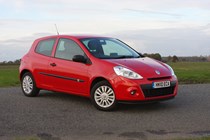
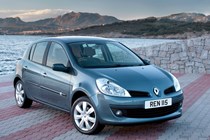
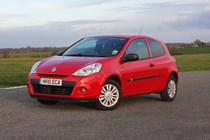
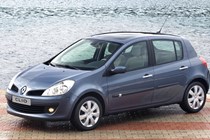
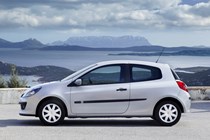
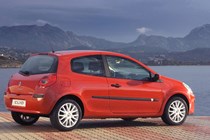
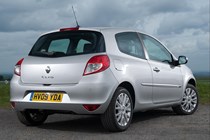
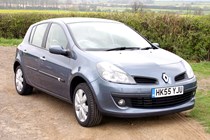
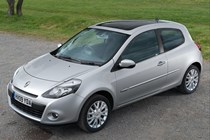
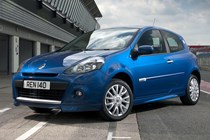
.jpg)
.jpg)
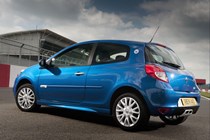
.jpg)
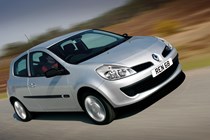
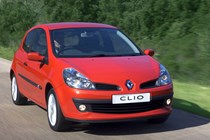


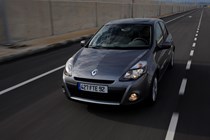
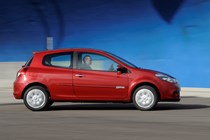
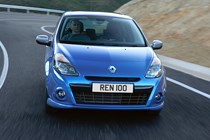
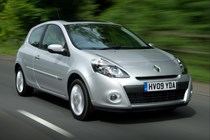
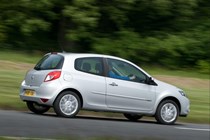
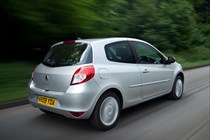
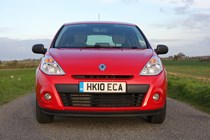
.jpg)
.jpg)
.jpg)
.jpg)
.jpg)
.jpg)
.jpg)
.jpg)
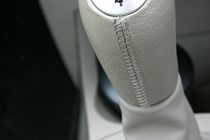
.jpg)
.jpg)
.jpg)
.jpg)
.jpg)
.jpg)
.jpg)
.jpg)
.jpg)
.jpg)
.jpg)
.jpg)
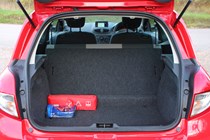
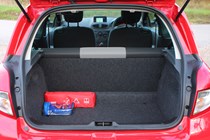
.jpg)
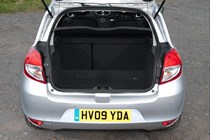
.jpg)
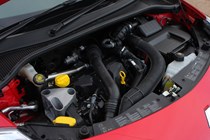
.jpg)
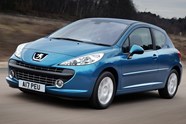
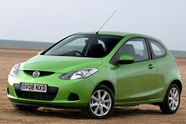
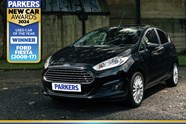













.jpg?quality=50)
.jpg?quality=50)

.jpg?quality=50)











.jpg?quality=50)
.jpg?quality=50)
.jpg?quality=50)
.jpg?quality=50)
.jpg?quality=50)
.jpg?quality=50)
.jpg?quality=50)
.jpg?quality=50)

.jpg?quality=50)
.jpg?quality=50)
.jpg?quality=50)
.jpg?quality=50)
.jpg?quality=50)
.jpg?quality=50)
.jpg?quality=50)
.jpg?quality=50)
.jpg?quality=50)
.jpg?quality=50)
.jpg?quality=50)
.jpg?quality=50)


.jpg?quality=50)

.jpg?quality=50)

.jpg?quality=50)